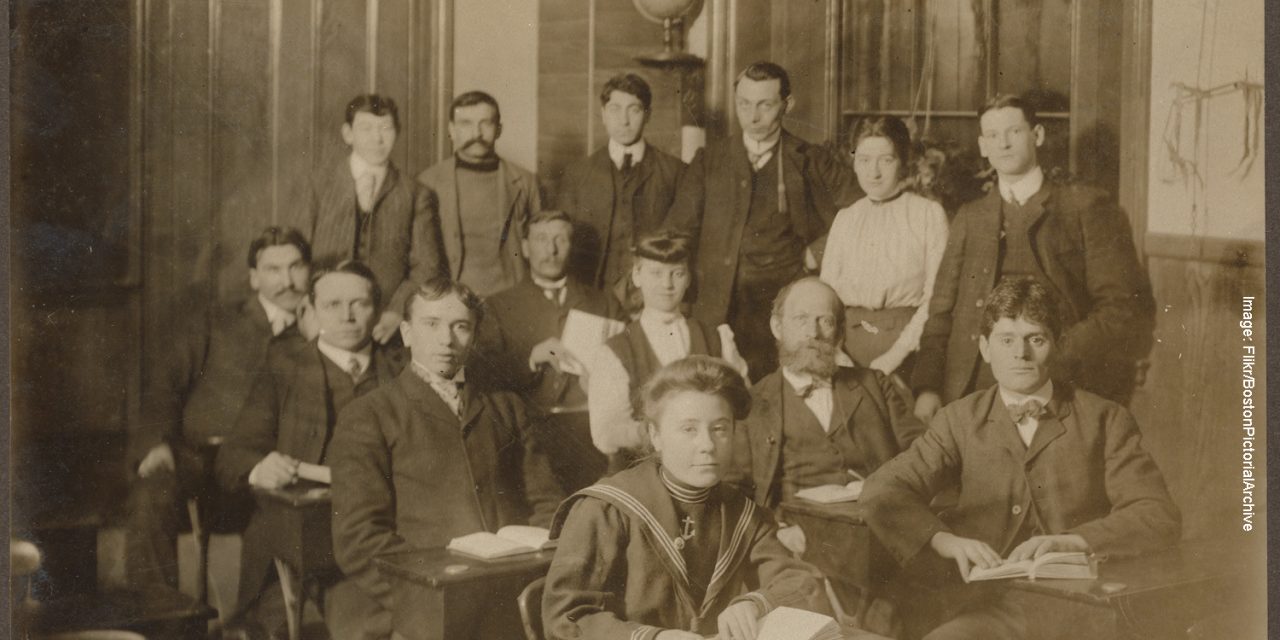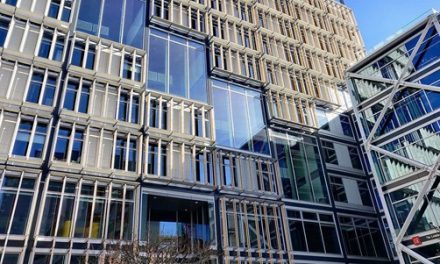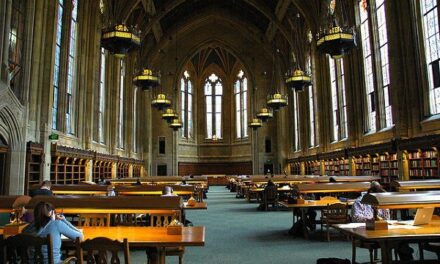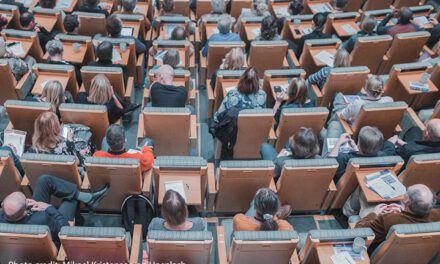This blog was written by Philip Uys, Senior International Education Consultant and Adjunct Associate Professor of Education Systems, Charles Sturt University, Australia, and Mike Douse, independent International Education/TVET Adviser.
In earlier blogs, the authors have addressed the issue of the pandemic’s potential role in furthering the fundamental transformation, concluding that the urgent actions consequent upon the present pandemic offer a short-cut into that transformed educational situation within which ‘The School’ as we know it will fade into history. In this blog they focus on how these educational developments may apply at the university level.
It is based upon their paper presented online to the 37th ASCILITE International Conference on Innovation, Practice and Research in the Use of Educational Technologies in Tertiary Education. It was awarded the ‘Best Concise Paper at ASCILITE 2020’ accolade and may be accessed here.
The authors explore the possibilities for the one global and blended/hybrid university – of on-campus and digital activities, with digital being dominant, and universal access and organisation intermingled with local needs, cultures and priorities. Are we also – they ask – progressing towards a blended post-secondary assessment and learning pedagogy in which the digital is dominant? And, if so, how will the pandemic – and the responses to it – pave the way towards that desirable destination?
In a sense, every higher education institution perceives itself as special: this one being characterised by white-hot technology, that by ivy-covered lecturers in ivy-covered halls. This university deserves its reputation for student support and welfare, that one has researchers at the forefront of the worldwide search for truth (or for lucrative patents). Initial consideration of each university element’s ‘virtual potentiality’ (and hence ‘international conceivability’) is tabulated – as (let it be emphasised) a basis for discussion:
|
Category |
Illustrations |
Online-ability |
|
Large-scale ideas & information sharing |
Lectures covering languages, the humanities, law, the social and much of physical and biological sciences; dissemination of reading matter… |
Very high |
|
Small-scale ideas & information sharing |
Tutorials, seminars, exchanges between students and between staff and students, joint projects… |
High |
|
Hands-on learning and practical work |
Laboratory sessions, hospital and construction site experience, attachments and internships, digital immersive learning and virtual simulations, online conferencing… |
Increasingly feasible – with much creativity |
|
Social interactions & communal activities |
Sport, clubs and societies, student magazines and drama – the ‘university experience’ from Fresher’s Week through to the Graduation Ball… |
Quite high – with creativity |
|
Academic guidance & formative assessment |
Setting, preparing, submitting, assessing and feedback on assignments; module completion; course requirements and advice… |
Quite high – with creativity |
|
Research, publication & conferences |
Awarding, funding, monitoring and outcomes of grants; virtual and tangible publication; community service; events such as the virtual 2020 ASCILITE |
High |
|
Accreditation & reputation |
Contributing to the formal certification of doctors, engineers and many other categories of professional. Standing as a ‘reputable’ and ‘leading’ institution. |
Low |
The authors predict that, post-pandemic, the following will in good time emerge:
- a blended assessment and learning pedagogy in which digital is dominant above face-to-face; and
- the one blended/hybrid and universal University where on-campus and digital activities are blended, with digital being dominant, and where worldwide access and organisation are dominant, yet integrated with local needs, cultures and priorities.
Much in the manner of medieval Oxford during the 14th century Black Death, when the rival communities of scholars transmogrified into ‘colleges’ within the overall ‘university’. But this time, with Digitisation, worldwide.





